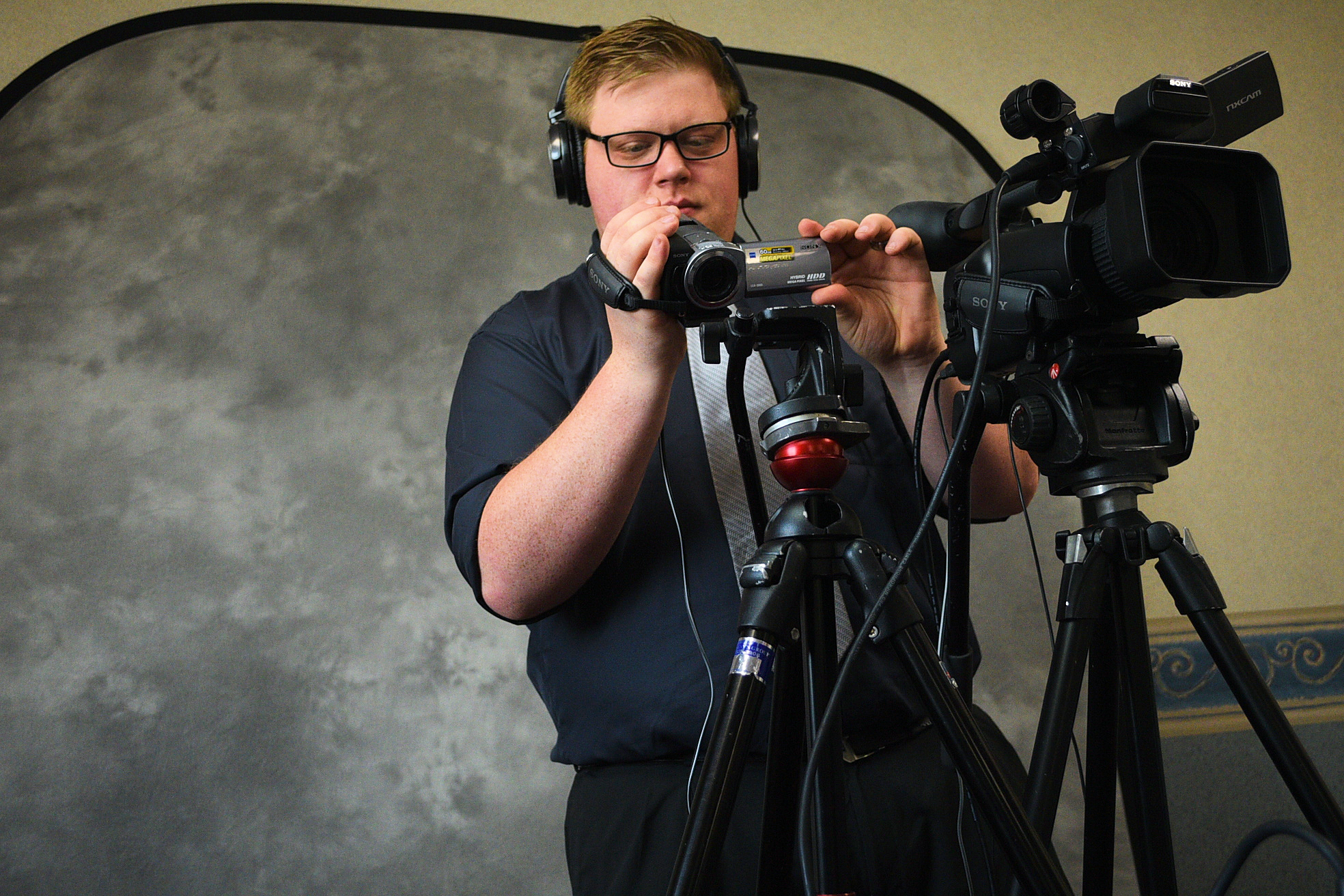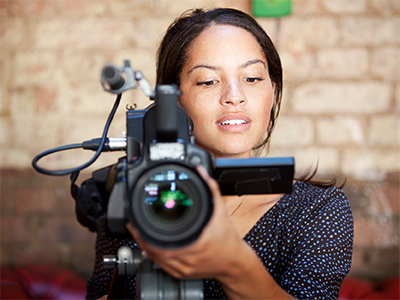Leading Benefits of Professional Legal Videography for Litigation
Leading Benefits of Professional Legal Videography for Litigation
Blog Article
Exploring the Systems of Lawful Videography: Introduction Its Operation in Safeguarding Genuine Aesthetic Testimony for Judicial Proceedings
In the world of judicial proceedings, the duty of legal videography stands as a keystone in protecting and offering aesthetic evidence. As innovation continues to advancement, the devices behind lawful videography have actually become progressively intricate, offering a crucial layer of authenticity to testimonies caught on video.
Historic Evolution of Legal Videography
Taking a look at the historical development of lawful videography reveals a significant transformation in the catching and discussion of visual evidence within the legal landscape. In the past, legal process heavily depended on created records and pictures to document events and give evidence. With the introduction of video innovation, the lawful market experienced a standard change in how visual statement was recorded and offered.
The advancement of legal videography can be mapped back to the late 20th century when advancements in video recording equipment made it much more accessible for use in courts. This technical improvement not only enhanced the accuracy and dependability of visual proof yet additionally changed the means cases existed to juries and courts (Legal Videography). Lawyers began to acknowledge the convincing power of video recordings in communicating emotions, subtleties, and non-verbal cues that created pictures or records alone can not record efficiently

Modern Technology Developments in Video Clip Documents
What essential technical developments have transformed video clip documentation in the legal field? The legal field has actually seen considerable advancements in video clip paperwork technology that have enhanced the credibility and integrity of aesthetic evidence in judicial process. Among the vital innovations is high-def (HD) video recording capabilities, which give crystal-clear photos and sharp information that are essential for properly catching testaments, faces, and various other aesthetic signs. Furthermore, the integration of timestamping and metadata functions in video documentation tools has allowed exact documentation of when and where the video clip was taped, making certain the stability of the evidence provided in court.
Furthermore, advancements in video file encryption and watermarking modern technologies have strengthened the security and tamper-proof nature of video clip proof, securing it against unauthorized modifications or tampering. The development of cloud storage space services and remote accessibility abilities has streamlined the storage space, retrieval, and sharing of video clip evidence, assisting in seamless partnership amongst legal specialists and ensuring reliable access to critical aesthetic statements when required. These technological developments in video documentation have unquestionably revolutionized the lawful field, enhancing the precision, trustworthiness, and admissibility of visual proof in judicial proceedings.
Duty of Lawful Videographers in Courtroom Setups
The evolution of video clip paperwork technology in the lawful area has actually demanded an important function for legal videographers in court room setups, ensuring the honesty and integrity of aesthetic testaments presented during judicial process. Legal videographers play a basic role in catching and maintaining precise visual proof that can be critical in court cases. Their responsibility extends to establishing equipment, videotaping procedures, and producing top notch videos that precisely mirror the events in the court.
In court room setups, legal videographers should comply with strict guidelines and standards to keep the credibility of the aesthetic record. They must possess a keen eye for information and a complete understanding of lawful procedures to ensure that the footage they record is a true representation of the events that took place. Additionally, lawful videographers commonly function closely with lawful groups to make sure that the video clip evidence aligns with the situation's requirements and can be successfully provided in court to support the legal disagreements being made. Overall, the duty of legal videographers in courtroom settings is essential in promoting the concepts of justice and making certain the openness of lawful proceedings.

Ensuring Admissibility and Integrity of Video Clip Evidence
To keep the credibility of visual evidence presented in lawful process, making certain the admissibility and stability of video proof is a crucial duty for legal videographers. Admissibility describes the approval of proof by the court, and for video clip proof to be admissible, it should meet certain requirements. Lawful videographers play a vital duty in making sure that the videos they catch comply with the regulations a knockout post of proof, such as credibility, significance, more info here and dependability.
Honesty of video evidence involves keeping the creativity and precision of the video footage from the time it is tape-recorded till it is presented in court. This consists of securely storing the video documents, recording the chain of custodianship, and avoiding any kind of meddling or alterations. Legal videographers need to comply with rigorous methods to guarantee the integrity of the video clip proof and protect against any kind of difficulties to its authenticity.
Future Trends in Legal Videography
Offered the boosting dependence on technology in legal proceedings, legal videographers are positioned to accept innovative improvements forming the future of aesthetic statement capture and presentation. Among the famous fads on the horizon is the integration of online fact (VR) and augmented truth (AR) innovations into lawful videography. These innovations have the potential to transform just how aesthetic evidence exists in courtrooms, enabling judges and courts to submerse themselves in the scene of the criminal offense or event.
In addition, using expert system (AI) formulas for video clip evaluation is expected to improve the process of evaluating and examining big quantities of video footage. AI can assist in identifying key moments, abnormalities, and patterns within videos, boosting the performance of lawful examinations.

Conclusion
To conclude, legal videography has actually played a vital role in supplying genuine visual evidence go for judicial procedures. With technological developments and the expertise of lawful videographers, the stability and admissibility of video proof are made certain in court room setups. As lawful videography remains to advance, it will certainly be vital to copyright standards that keep the precision and integrity of visual testimony for the future of legal procedures.
Taking a look at the historic development of legal videography discloses a significant change in the capturing and discussion of aesthetic evidence within the legal landscape.The evolution of video clip paperwork innovation in the lawful field has actually demanded an essential duty for lawful videographers in courtroom settings, making sure the integrity and reliability of aesthetic testimonies provided during judicial process. Additionally, legal videographers usually work very closely with legal groups to ensure that the video evidence lines up with the case's demands and can be efficiently offered in court to sustain the lawful debates being made.To preserve the credibility of visual proof presented in lawful proceedings, ensuring the admissibility and integrity of video clip evidence is a vital obligation for legal videographers. As lawful videography continues to develop, it will certainly be necessary to maintain requirements that maintain the precision and reliability of visual statement for the future of lawful proceedings.
Report this page